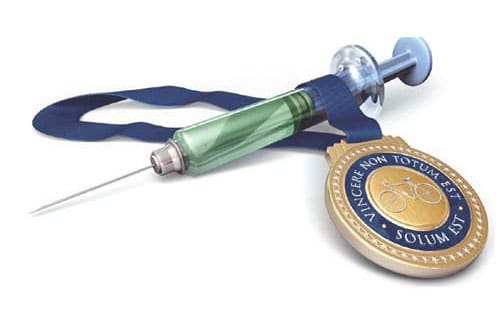BACKGROUND
The term “doping” is derived from the Dutch term “dop” which refers to an alcoholic beverage made up of grape skins. These grape skins were used by Zulu warriors in battle.
The 1900s saw the first use of stimulating substances by athletes which started with the Ancient Greeks. Substances such as caffeine, cocaine, strychnine and alcohol were used by cyclists and other endurance athletes. By the 1920’s it had become evident that restrictions regarding drug use in sports were necessary.
The International Association of Athletics Federation (IAAF) was the first international sport federation to place a ban on the use of stimulating substances in the year 1928. Despite attempts to ban and restrict doping, the restrictions proved to be ineffective. Thus the need for testing became essential.
The Union CycIiste Internationale (UCI) and FIFA were the first international sport federations to introduce doping tests, and Drug tests were first introduced at the Olympic Games in Grenoble and Mexico in 1968.
While the introduction of doping tests and drug tests produced results, new challenges in the athletic world emerged. More and more medical substances were being illegally used by athletes and as a result it lead to France, being the first Country, to enact anti-doping legislation. Even though other countries followed suit, there was confusion regarding doping sanctions which were sometimes overruled in civil courts and because anti doping affairs were restricted to the Council of Europe.
The need for an independent international agency was soon identified and the World Anti Doping Agency (WADA) was established in 1999. WADA then introduced the World Anti Doping Code.






